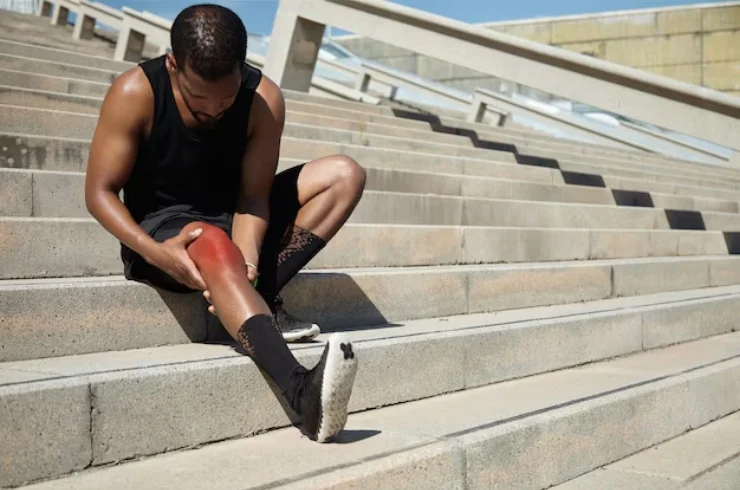Ligament Injuries

Ligament Injuries: Causes, Diagnosis, and Treatment
Ligament injuries occur when the strong bands of tissue connecting bones in a joint are stretched or torn. These injuries commonly affect areas like the knee, ankle, shoulder, and elbow, and are often the result of trauma, overuse, or improper technique during physical activity.
Common Types of Ligament Injuries:
- Anterior Cruciate Ligament (ACL) Injury: A tear or sprain of the ACL in the knee, commonly occurring during sports that involve sudden stops, jumps, or direction changes.
- Medial Collateral Ligament (MCL) Injury: Damage to the MCL in the knee, usually caused by a direct blow to the outer side of the knee.
- Sprained Ankle: A common injury where the ligaments of the ankle are overstretched or torn due to sudden twisting or rolling motions.
- Ulnar Collateral Ligament (UCL) Injury: Occurs in the elbow, often due to repetitive overhead motions like throwing in baseball.
Diagnosis:
Ligament injuries are diagnosed through a physical examination, where the physician assesses joint stability, tenderness, and range of motion. Imaging tests such as X-rays, MRI, or ultrasound may be used to confirm the diagnosis and determine the severity of the injury.
Treatment:
Treatment for ligament injuries varies depending on the injury’s severity.
- Mild Sprains (Grade 1): Treated with rest, ice, compression, and elevation (R.I.C.E.), followed by rehabilitation exercises.
- Moderate Sprains (Grade 2): May require bracing, physical therapy, and occasionally non-steroidal anti-inflammatory drugs (NSAIDs) for pain relief.
- Severe Sprains (Grade 3): Often require surgical intervention, especially in cases of complete ligament tears, such as ACL reconstruction or ligament repair.
Rehabilitation:
Rehabilitation plays a critical role in recovery, with physical therapy focusing on strengthening the surrounding muscles, improving joint stability, and restoring range of motion. Early treatment and proper rehabilitation ensure a full recovery and reduce the risk of re-injury.